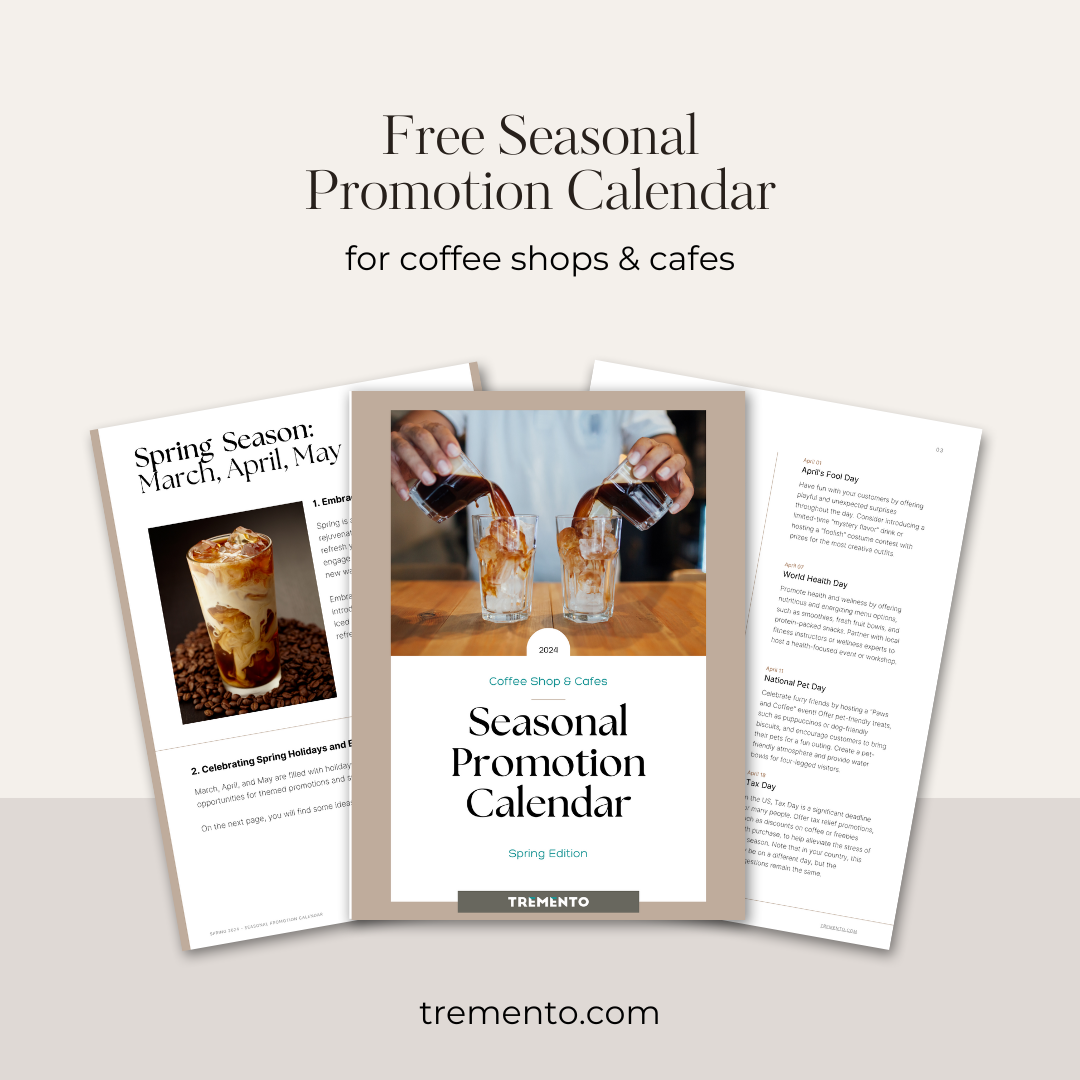Menu descriptions are one of the most crucial aspects of a menu. Descriptions help a customer decide what they want to order. However, writing an intriguing menu with descriptions can be tricky, especially when you do not know where to start. Luckily, you can follow these tips to make a fantastic menu with excellent descriptions.
1. Your Dish’s Name
Of course, you cannot have a menu without the names of your dishes. You can keep it simple and use the dish’s actual name, like beef goulash or macaroni and cheese, but that’s a bit boring to most customers. If you want to add more pizzazz to the menu description’s names, you can change it up. For instance, you can name your biggest burger the “Belly Buster.” Of course, when you do pick a unique name like this, you also need to describe the menu item in more detail, which we talk about later.
2. Make Longer Descriptions
Menu descriptions that are too short will not capture the reader’s attention – or their stomachs! For instance, if you serve a beef burger and the description only says “burger with a beef patty,” no one will want to buy that. Instead, you need to make them a bit longer so the customer can imagine what the dish is like, making them hungrier! See the following tips to figure out how to add more menu description words.
3. Always Use Adjectives
Adjectives are fun words that help a reader paint a better image of the subject, and they are crucial when you write fancy menu descriptions. For instance, a “Mouthwatering Beef Burger” sounds ultimately more appetizing than a “Beef Burger,” and all you had to do was add one adjective to help customers imagine the taste of your burger.
4. The Ingredients
Adding the ingredients to your descriptions is crucial. You will help the reader picture the dish without having to say a word. Plus, it is helpful for people who have allergies, diet restrictions, etc. That way, they do not have to ask the waiter what ingredients are in each dish. Here are some menu description examples with ingredients:
“A succulent roast chicken seasoned with rosemary and thyme, with your choice of veggies on the side.”
“A delicious t-bone steak seasoned with garlic and rosemary served with roasted or mashed potatoes and grilled asparagus.”
If you were to take out the adjectives and ingredients (especially the seasonings used), it would be a lot harder for your customers to imagine your dishes, so be descriptive!

5. Show Off Your Ingredients
Do you have special ingredients you specially source that you are proud of that your restaurant uses? Do not be afraid to show them off! Customers are not too interested in everyday ingredients that they can find in grocery stores. Consumers have a huge interest in ingredients because it lets them learn about the quality of the food. If they find out that your ingredients come from a particular place, they will be more interested in your dishes.
For instance, let’s say that you get your oranges from California. Instead of saying that you have oranges in your recipe, you can say: “Fresh oranges picked from California.” You do not have to do this for every ingredient, but it is great to add to your menu descriptions if you have unique ingredients.
The same goes for brand names, especially if the brand is loved by many. Respected brands will help your dishes look more appetizing to customers, especially since customers prefer familiar brand names. Therefore, seeing a familiar brand name will make them more likely to try out your food. A few brand names on some menu descriptions can make your customers feel like they are paying for quality ingredients.
6. Describe the Unfamiliar
Not everyone has an adventurous stomach – if your customer does not know what an ingredient is, they will not order it. Writing uncommon ingredient names without explaining the ingredients will make customers feel alienated, especially since many people are embarrassed to ask what the ingredient is.
So, how do we describe an unfamiliar ingredient in our menu description? State the name of the ingredient, an adjective for the taste, and the food category. Let’s say that you serve a dish with Winnimere – if you only say Winnimere, your customer will not know what it is.
Try this instead: Woodsy and smoky Winnimere cheese. Winnimere is the name, woodsy and smoky are the adjectives, and cheese is the food category. This method of describing an unfamiliar ingredient is straightforward and helpful to your customers.
7. Mix Up Your Descriptions
Try to mix up how you write the words to describe food on a menu now and then. Using the same style throughout your whole menu is pretty dull. So, keep your customers intrigued by switching up the style. Ideally, you should use a different word order for every 2-3 menu descriptions.
For instance, let us say the main way that you describe your menu is:
“Grandma’s Meaty Pizza – Grandma’s recipe for pizza dough topped with pepperoni, crumbled Italian sausage, cheese, and basil.”
You can try a different style if you feel like you are overusing that format. For example:
“Grandma’ Meaty Pizza – Pepperoni, crumbled Italian sausage, cheese, and basil over Grandma’s pizza dough.”

8. Offer a Backstory
Remember, part of why you write a menu description is to help “sell” your products. You do not have to do this for every menu item, but providing a quick “backstory” behind special recipes will entice customers to try it out. The best way to make a backstory is to talk to the chef: does the chef use an old family recipe, or has the chef served it on a special occasion in their lives? Mention that after you explain what the dish is.
For instance: “Grandma’s Meaty Pizza – Grandma’s recipe for pizza dough topped with pepperoni, crumbled Italian sausage, cheese, and basil. An old family recipe that has been passed on for generations.”
Now… Write those Menu Descriptions!
Menu descriptions of food are a crucial part of every restaurant. Menus serve as a guide for what you have to offer, so you need to make a good impression. You can learn how to write menu descriptions by following the awesome tips listed above!
- 500 Creative Coffee Shop Logos

- The Best Coffee Shop Seasonal Promotion Calendar

- Crafting Irresistible Airbnb Description Samples: Strategies for Captivating Guests

- 8 Design Tips for a Super Cozy Bed and Breakfast

- ChatGPT for Airbnb Hosts: Amazing Way To Optimize Your Listings

- How to Use Social Media to Promote Your Hotel’s Brand












